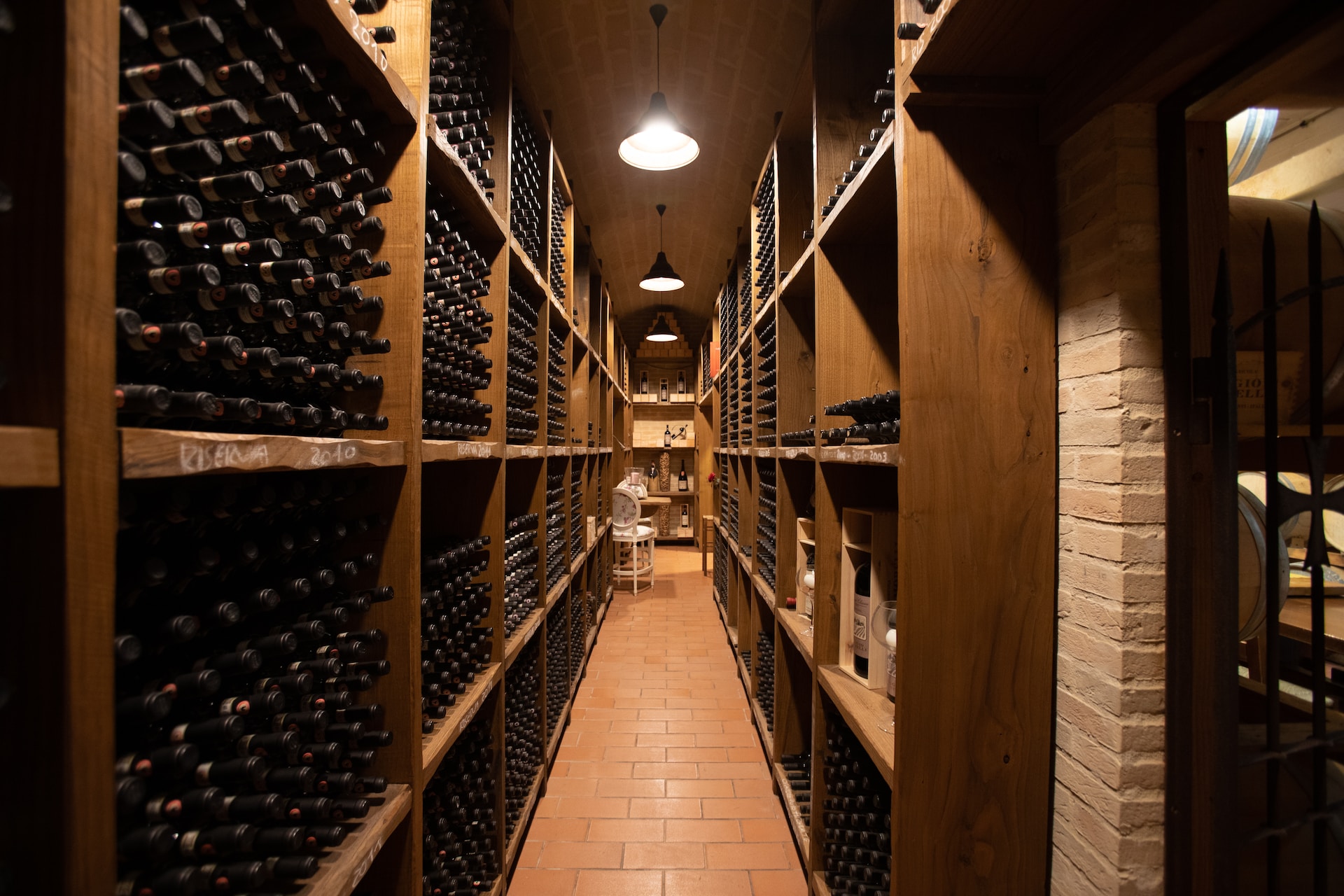Welcome wine enthusiasts and cellar aficionados. Are you dreaming of creating your own sustainable cellar but worried about its impact on your wallet? Well, fret no more! Here, we will guide you through some cost-effective tips and tricks to help you build a sustainable cellar without breaking the bank. Today, many people are opting for sustainable cellar construction. To know more about it, read the article from Archzine. So grab a glass of your favorite vintage, and let’s create a budget-friendly haven for your beloved bottles! Cheers to sustainability on a budget.
Location
Choosing the right location for your cellar is crucial for maintaining a sustainable and energy-efficient environment. First and foremost, consider a naturally cool area in your home, such as a basement or an underground space. These areas tend to have more stable temperatures ideal for wine storage. Next, assess the level of insulation in the chosen location. Proper insulation will help regulate temperature fluctuations and reduce energy consumption. Invest in insulating materials like foam board or spray foam insulation if necessary to create a cozy cocoon for your wines.
 Ventilation
Ventilation
Ventilation is a crucial aspect when building a sustainable cellar on a budget. Proper airflow helps maintain the ideal conditions for storing wine and prevents mold or musty odours from developing. One cost-effective way to ensure good ventilation is by installing small, adjustable vents in strategic locations within the cellar. These vents allow fresh air to enter while expelling stale air. Additionally, they provide an opportunity for cross-ventilation, which aids in temperature regulation. Furthermore, natural ventilation can be achieved by utilizing existing windows or creating small openings near the top of walls that lead outside. This allows for passive airflow without relying on mechanical systems.
Natural Flooring
When building a sustainable cellar on a budget, one important aspect to consider is the choice of flooring. Natural flooring not only adds an earthy and organic touch to your cellar but also provides numerous benefits. One option for natural flooring is cork. Cork is a renewable resource as it comes from the bark of cork oak trees, which can be harvested without harming the tree. It is durable, resistant to moisture and provides good insulation. Another alternative is bamboo flooring, which grows quickly and replenishes itself rapidly. Bamboo has a similar look to hardwood but at a more affordable price point.
 Recycled Materials
Recycled Materials
When building a sustainable cellar on a budget, incorporating recycled materials is not only eco-friendly but can also add character and charm to your space. By giving new life to old materials, you can create a unique and one-of-a-kind cellar that reflects your personal style. One option for using recycled materials is repurposing old wooden pallets. These versatile pieces can be transformed into wine racks or shelves, providing functional storage while adding rustic flair. Look for pallets in good condition and give them a thorough cleaning before incorporating them into your cellar design. Another idea is to use reclaimed bricks or stones as flooring or wall accents. Not only do these materials have an interesting texture and color, but they also help reduce waste by repurposing resources that might otherwise end up in landfills.
Incorporating these strategies into your cellar construction project allows you to build an environmentally friendly space without breaking the bank. Plus, knowing that you’ve created a sustainable haven for your precious wines adds an extra sense of satisfaction. So go ahead and start planning your own budget-friendly, sustainable cellar today! Cheers to preserving our planet while enjoying our favorite wines.


 Ventilation
Ventilation Recycled Materials
Recycled Materials
 A CASp will understand which criteria are relevant to your
A CASp will understand which criteria are relevant to your  A handicap access inspection certification (Certification ) is a list of reviews, not a certification of compliance. A Certificate must be issued to you using a CASp review report whether your facility is decided to satisfy applicable construction-related accessibility criteria. Business/facility owners must take no additional certification provided by a CASp aside from a Certification purchased from the State Architect Department.
A handicap access inspection certification (Certification ) is a list of reviews, not a certification of compliance. A Certificate must be issued to you using a CASp review report whether your facility is decided to satisfy applicable construction-related accessibility criteria. Business/facility owners must take no additional certification provided by a CASp aside from a Certification purchased from the State Architect Department.




 When you plan on navigating the real estate market, doing some research is critical. Start by familiarizing yourself with your desired area’s local housing trends and property values. Look into factors like supply and demand, average prices, and any upcoming developments that could impact the market. Utilizing online resources such as real estate websites, market reports, and forums to gather valuable insights. Pay attention to historical data and current listings to understand what’s available and at what price point. Additionally, consider contacting local experts or agents who have a pulse on the market dynamics.
When you plan on navigating the real estate market, doing some research is critical. Start by familiarizing yourself with your desired area’s local housing trends and property values. Look into factors like supply and demand, average prices, and any upcoming developments that could impact the market. Utilizing online resources such as real estate websites, market reports, and forums to gather valuable insights. Pay attention to historical data and current listings to understand what’s available and at what price point. Additionally, consider contacting local experts or agents who have a pulse on the market dynamics. When navigating the real estate market, one crucial step is to check property listings. This is where you can explore a wide range of options from the comfort of your own home. Websites and apps like Zillow, Realtor.com, and Redfin offer a plethora of properties for sale or rent. You can filter your search based on criteria like location, price range, number of bedrooms/bathrooms, and more. Photos and virtual tours also provide a glimpse into what each property has to offer. Pay attention to details like square footage, amenities, and any potential red flags. Reading through property descriptions can give you valuable insights into the features and highlights of each listing.
When navigating the real estate market, one crucial step is to check property listings. This is where you can explore a wide range of options from the comfort of your own home. Websites and apps like Zillow, Realtor.com, and Redfin offer a plethora of properties for sale or rent. You can filter your search based on criteria like location, price range, number of bedrooms/bathrooms, and more. Photos and virtual tours also provide a glimpse into what each property has to offer. Pay attention to details like square footage, amenities, and any potential red flags. Reading through property descriptions can give you valuable insights into the features and highlights of each listing.